February 7, 2020
It has been more than a year since HHS proposed a set of rules to improve electronic healthcare data interoperability among payers, providers and patients. With the rules expected to roll out later this month, healthcare providers and payers will be required to implement open data-sharing technology to improve access to patient information. The rules require health plans to offer patients and clinicians access to their medical claims and health information, but providers will also be on the hook to increase patient access; as non-compliant physicians will be included in a public report that consumers could reference when selecting a provider. Here at Aria, these proposed rules have been a hot topic of conversation for a couple of our clients in particular.
Boston-based Life Image hosted an event last May where ONC National Coordinator for Health IT Don Rucker, among other healthcare experts, discussed the interoperability rules and the implications for the industry. Life Image President and CEO Matthew Michela is the only member from an imaging company on The Sequoia Project, the ONC’s Recognized Recording Entity to support interoperability. Matthew has been publicly supportive of the rules, highlighting the hurdles patients have traditionally faced when requesting their medical records and the reasons why patients should have control of their data. According to Matthew, the interoperability rules “provide an opportunity to take advantage of technological advances which now routinely facilitate the incorporation of diagnostic imaging into a wide variety of data systems, eliminate obsolete processes such as transporting imagery via CD, and ensure full patient access to medical records.”
Diameter Health President and Chief Strategy Officer John D’Amore believes the rules represent strategic shifts for the ONC given the prioritization of patient-oriented data exchange (which will necessitate finding a balance between security and privacy and ease of access). In a recent article, John notes how the “use of modern technology (e.g. APIs, FHIR) to pull data into applications and for analysis, mandated patient data access, and legal restrictions to data-blocking will propel the next phase of innovation.” However, John also thinks that the ONC may be overestimating consumers’ willingness to download and manage their own data, given how overwhelming healthcare can be for the average consumer. Millennials and Generation Z (who are relatively healthy) may be more inclined to have their data on their smart phones than the elderly or patients with more comorbidities—though the latter would see the greatest benefit.
Much of the healthcare IT industry, including us PR folks, are keeping a keen eye out for the final rule drop in the next few weeks. Depending on what the final rules look like, these healthcare thought leaders will probably have a good deal more to add to the industry dialogue. Be sure to follow us on Twitter (@AriaMarketing) to keep up with other healthcare topics and trends our clients are speaking about.

